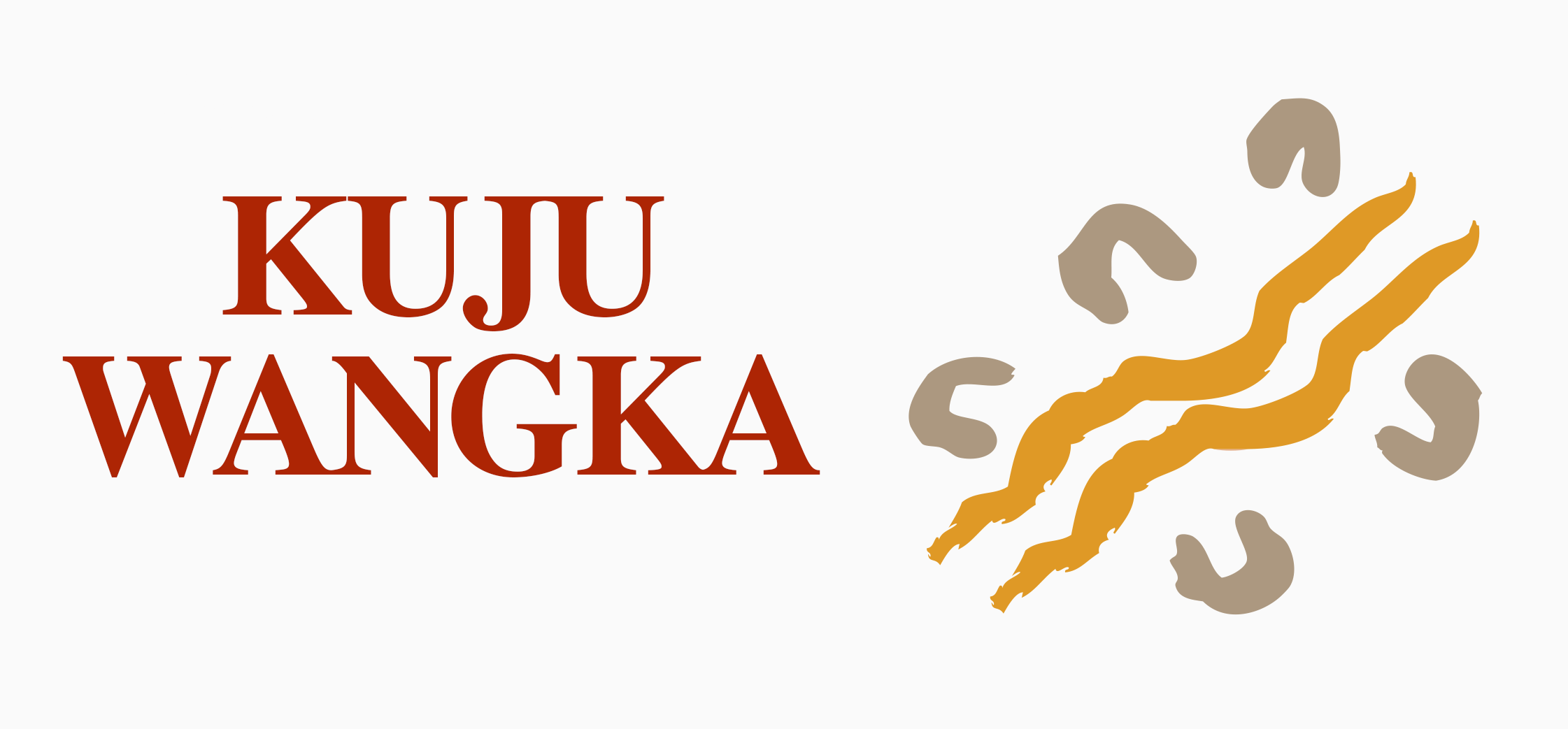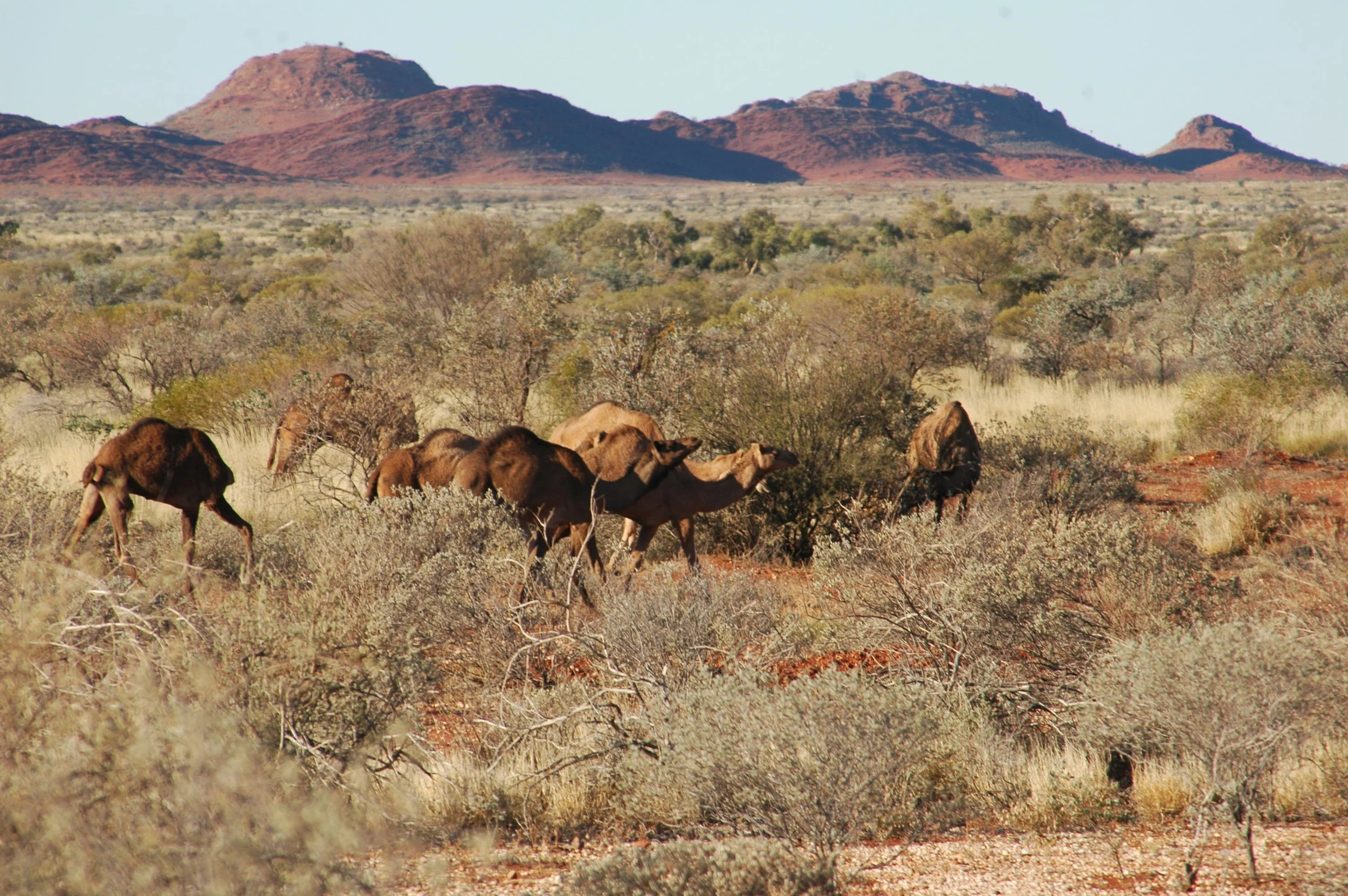Threats
While the Canning Stock Route (CSR) is largely undisturbed from intense industry and dense human populations, it faces landscape scale processes that threaten its value, including altered fire regimes, predation of vulnerable fauna by feral predators, habitat modification by pest plants and the impacts of feral herbivores on habitat and water source quality.
Increasing visitation to the area is also affecting the condition of the natural environment, and if left unmanaged, may also threaten the integrity of the CSR itself. Impacts from increased visitation are generally restricted to a narrow corridor approximately two kilometres either side of the CSR. Major threats to the natural environment of the CSR were found to be:
Weeds
Introduced plants that grow aggressively, reproduce quickly and outcompete native plants become weeds. Weeds have many impacts on the natural environment including smothering and displacing native vegetation, changing habitat for wildlife, infesting waterways and choking water flow. Weeds have generally been introduced by humans, on footwear, clothing and from vehicles.
There are at least 11 different species of non-native plants present along the CSR. By far the most common weed found is buffel grass (Cenchrus ciliaris). Buffel grass was sown by pastoralists and drovers to provide feed for cattle. It has since invaded many creeklines and moist areas, displacing native plants and wildlife habitat. Buffel grass infestations occur along the entire length of the CSR and range in size from several plants to 50+ha.
The largest infestations occur where a water source is nearby, and where visitors camp for a length of time, which are often the same places, the more attractive areas where natural water is available.
If you are spending time at any area where Buffel grass is present, please be very careful that you don’t carry seeds with you that can drop and infest other areas. The seeds of most weed species are very light and can be easily transported on clothes, including boots and socks, vehicle tyres, radiator vents and underneath vehicles. Please be aware where you camp and avoid camping on top of infestations.
Please remember, there are many sites containing Buffel and other weed species.
Grazing by introduced herbivores
Camels, donkeys and other introduced herbivores cause damage to sensitive desert water sources, vegetation and wildlife habitat. Camel herds increase on average at a rate of between 10 and 12 percent per year, and it is estimated that there are at least one million camels in the arid centre of Australia. Other animals include cattle, horses and rabbits. Over-grazing by these hard-hooved animals tramples the understorey vegetation, exposing the soil surface, and damages vegetation.
These animals foul desert water holes through excrement, and sometimes die in the water when they are unable to climb out of steep-sided rock holes. Vegetation is also damaged through chewing or breaking of limbs of trees and shrubs.
Predation of Wildlife
Introduced predators (fox and cat) have reduced or driven many native fauna species populations to extinction, or near extinction. Many cat tracks can be found through the sandy Country of the Canning Stock Route. .
Cats are well suited to arid environments, and do not need to drink if feeding on live prey. Their diet often includes a plethora of small to medium sized vertebrates including birds, mammals, reptiles and amphibians. Cats can also access small crevices in rocky areas, taking small or juvenile mammals and reptiles that are out of reach of other introduced predators.
Foxes can survive in desert areas during good seasons. They are well adapted to survival where food supply and refuge is adequate. Foxes are mostly carnivorous, feeding on small mammals, insects and wild fruits, but will also scavenge carrion during winter. Studies have shown that foxes can impact severely on endangered or locally rare small to medium sized fauna.
Vegetation clearing for firewood collection
Collecting large amounts of firewood over time impacts upon the woodlands surrounding the Canning Stock Route (CSR). There are few stands of mulga, desert oak, and eucalypt groves along the CSR. These areas are important fauna habitat, but they are also targeted for firewood collection. Please take only sections of fallen timber; and spread your impact rather than taking wood all from one area or a single part of a grove of trees.
Trees (even dead ones) that are standing or fallen are habitat. It takes many decades for trees to develop hollows, large boughs and wide-spreading canopies to support large birds, nocturnal birds, reptiles, and potentially even desert possums. Possums are hardly ever encountered in the deserts, so it is important to protect the few places where they could survive. Trees and shrubs provide shelter and food sources for the multitude of bugs and insects that birds, small mammals and reptiles feed on.
Do not cut standing trees for campfires. Felling them can be dangerous, but it is these living trees especially which provide respite and shelter to fauna in this arid environment. Bring gas or other fuel source stoves with you and we encourage you to use these whenever possible. If you do have a wood fire, please be careful about the way you collect firewood and how much you burn.
Lastly, do not take a chainsaw on the CSR. As well as adding to your load, they can encourage taking larger logs — more than is likely to be needed for a cooking and short camping fire. Be sure when you are leaving camp the fire has been saturated with water, and the ashes have been stirred to ensure the fire is completely out.





